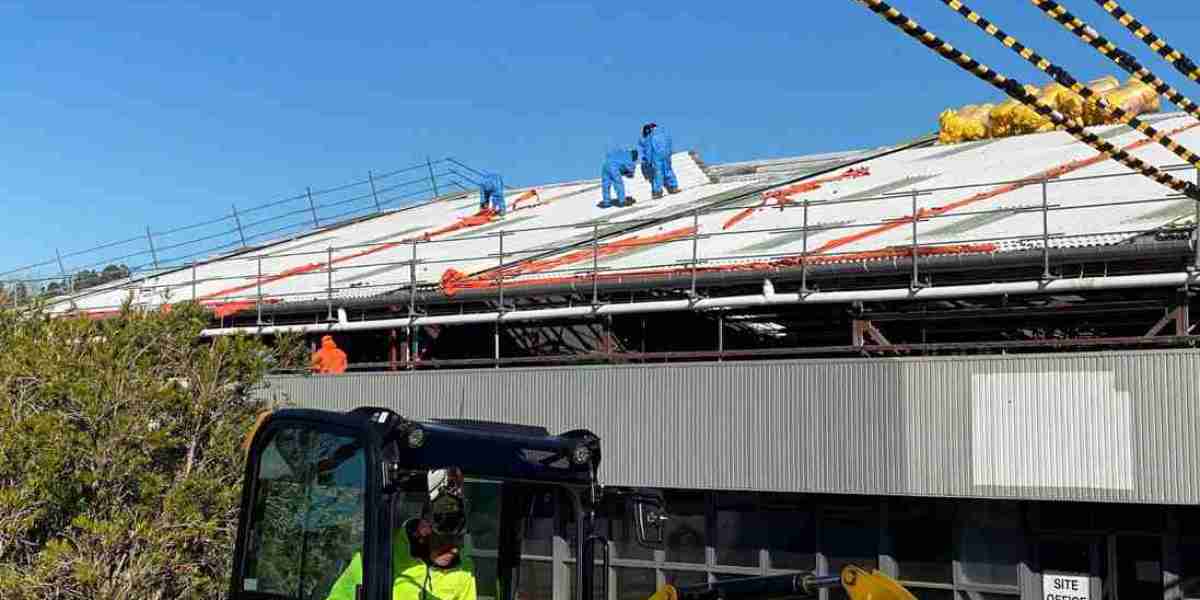When it comes to vehicle suspension systems, leaf springs are a classic and essential component, especially for heavy-duty vehicles and trucks. Let’s explore what leaf springs are, how they work, and why they remain a popular choice in the automotive industry.
Leaf springs are a type of suspension system made up of several layers of metal, usually steel, stacked on top of each other in a curved shape. These layers, or "leaves," are held together by a central bolt and are attached to the vehicle's axle and frame. As the vehicle moves over bumps and uneven surfaces, the leaf springs flex and absorb the shock, providing a smoother ride and helping to distribute the vehicle's weight evenly. This simple yet effective design has been used for centuries and continues to be a reliable choice for supporting heavy loads.
One of the main reasons leaf springs remain popular in the automotive industry is their durability and low maintenance. They are especially common in trucks, buses, and other heavy-duty vehicles because they can handle significant weight without sagging or breaking. In addition, leaf springs offer a cost-effective solution compared to more complex suspension systems. Although modern vehicles may use coil springs or air suspension for a more comfortable ride, leaf springs are still favored for their strength, simplicity, and ability to perform well under demanding conditions.
What Are Leaf Springs?
Leaf springs are a type of suspension system made up of multiple layers of metal (usually steel) strips, known as leaves, stacked on top of each other. These leaves are curved and bound together to form a single unit. This design allows the spring to absorb shocks and support the weight of the vehicle.
Leaf springs have stood the test of time as a reliable and sturdy suspension solution, particularly for heavy-duty vehicles like trucks, buses, and trailers. Their simple yet effective design offers a combination of strength and durability that few other suspension systems can match. Because the weight of the vehicle is distributed across multiple leaves, the risk of sagging or breaking under heavy loads is minimized. Additionally, leaf springs are relatively easy to install and maintain, making them a cost-effective choice for manufacturers and fleet operators alike.
Types of Leaf Springs
- Semi-Elliptical Leaf Springs: The most common type, with a simple curved shape that offers durability and reliability.
- Quarter-Elliptical Leaf Springs: A shorter version, used in lighter vehicles or custom applications.
- Parabolic Leaf Springs: These have fewer leaves, but each leaf has a varying thickness, providing a smoother ride and reducing weight.
How Do Leaf Springs Work?
Leaf springs work by flexing and absorbing the vertical forces from the road. When the vehicle hits a bump, the leaves compress, absorbing the impact and distributing the load evenly. Once the force is reduced, the spring returns to its original shape, ensuring a smooth ride.
Another advantage of leaf springs is their ability to handle large amounts of weight while maintaining stability. This is especially important for vehicles carrying heavy cargo or towing trailers, where maintaining balance and control is essential. Even with the rise of more advanced suspension technologies like coil springs and air suspensions, leaf springs remain a popular choice due to their ruggedness and reliability. Their ability to absorb road shocks and provide a smoother ride makes them indispensable in commercial transportation, ensuring safety and comfort even on rough terrains.
Advantages of Leaf Springs
- Durability: Built to withstand heavy loads and rough terrains.
- Simplicity: Easy to manufacture and maintain.
- Load Distribution: Provides excellent weight distribution, essential for trucks and commercial vehicles.
- Cost-Effective: More affordable than some modern suspension systems.
Modern Innovations
Although coil springs and air suspensions have become popular, leaf springs have evolved too. Modern designs use composite materials, reducing weight while maintaining strength.
Leaf springs, despite their traditional design, have kept pace with modern innovations in the automotive world. While coil springs and air suspensions have gained popularity for their smooth ride and adjustability, leaf springs have not been left behind. Advanced manufacturing techniques now incorporate composite materials, such as fiberglass and carbon fiber, into leaf spring designs. These materials help reduce the overall weight of the suspension system while maintaining, and often improving, its strength and durability. This evolution allows vehicles to enjoy better fuel efficiency and load-carrying capacity without sacrificing performance.
In addition to their lightweight properties, modern composite leaf springs offer superior resistance to corrosion and fatigue compared to their steel counterparts. This makes them an excellent choice for vehicles exposed to harsh environments, such as trucks, trailers, and off-road vehicles. As technology advances, engineers continue to find new ways to enhance leaf spring designs, ensuring they remain a competitive and reliable suspension solution. The balance of simplicity, strength, and modern materials demonstrates that even traditional components can thrive in today’s automotive landscape.
Applications in the Automotive Industry
Leaf springs are widely used in:
- Trucks and Buses: Their ability to support heavy loads makes them ideal for commercial vehicles.
- Off-Road Vehicles: Offers excellent shock absorption and stability.
- Vintage Cars: Many classic cars still use leaf springs, adding to their authentic charm.
Automotive leaf springs may be an old technology, but their reliability, simplicity, and cost-effectiveness ensure they remain a crucial part of the automotive suspension landscape. Whether you’re driving a heavy-duty truck or restoring a classic car, leaf springs play a vital role in ensuring a smooth and stable ride.
What do you think about the role of leaf springs in today’s automotive world? Share your thoughts in the comments below!




